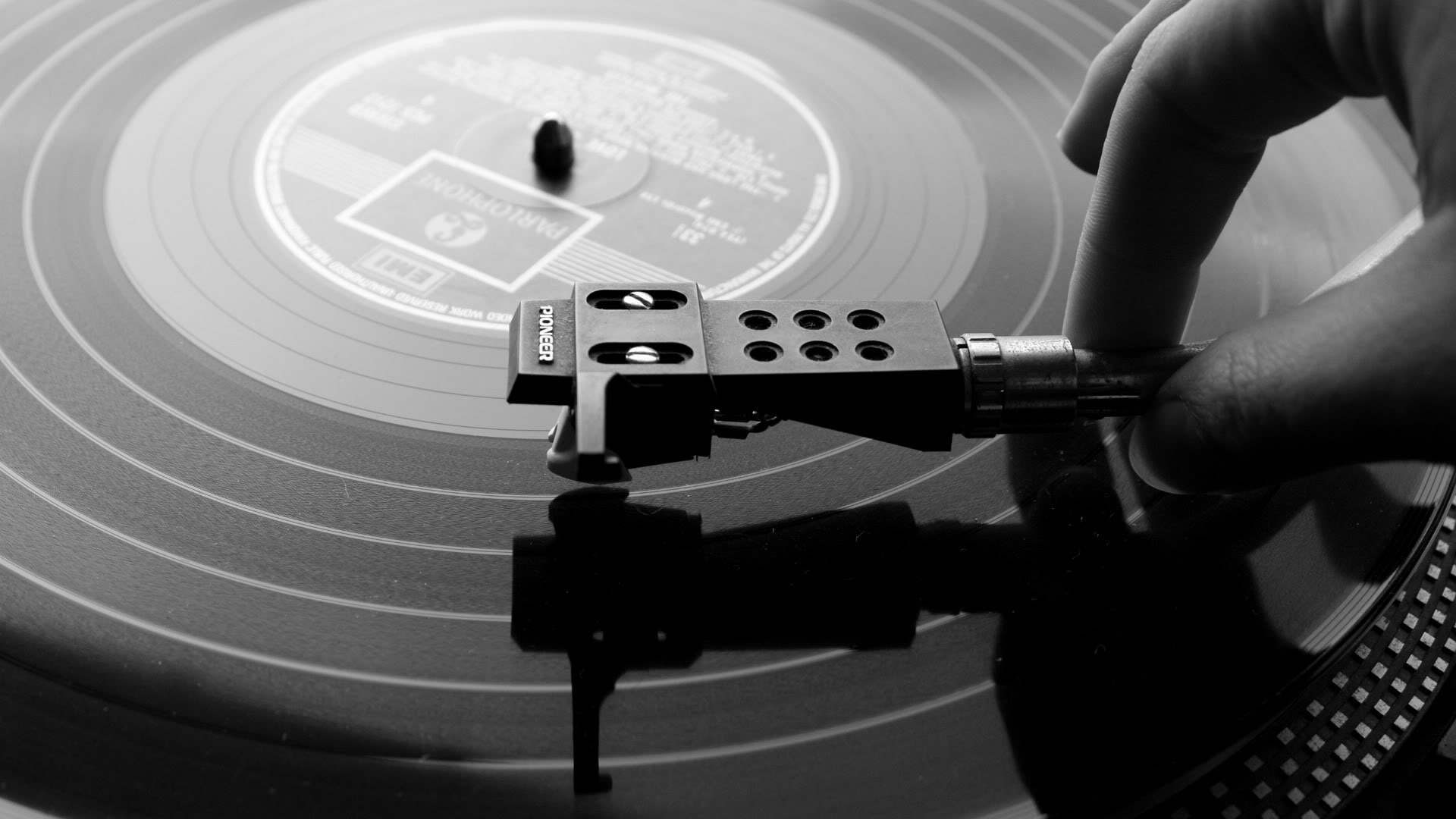
In the world of electronic dance music (EDM), the term "EP" holds a special place. Short for "Extended Play," it's a format that has become synonymous with the release of tracks that are more than just singles but fall short of a full-length album.
In this article, we will embark on a journey to explore the EP format in EDM, its history, significance, and why it remains a favored choice for artists and listeners alike.
What Is An EP?
Before delving into the world of EPs in electronic dance music, let's clarify what an EP actually is. An Extended Play, commonly referred to as an EP, is a medium-length musical recording that contains more tracks than a single but fewer than a full album. EPs typically feature three to five songs, making them a versatile format for artists looking to release a cohesive body of work without the commitment of creating an entire album.
The Origins Of The EP Format
The origins of the EP format can be traced back to the early days of the vinyl record industry. In the mid-20th century, vinyl records were the primary medium for music distribution. The standard 12-inch LP (Long Play) could hold around 22 minutes of music per side, while the 7-inch single typically contained one song on each side, lasting about 3-4 minutes in total. This limited capacity led to the development of the EP as a compromise.
EPs allowed artists to release a collection of songs that were more substantial than a single but didn't require the extensive production and cost associated with a full album. This format quickly gained popularity in various genres, including rock, pop, jazz, and, eventually, electronic music.
The Rise Of The EP In Electronic Dance Music
Electronic dance music, with its roots in DJ culture and dance club scenes, embraced the EP format wholeheartedly. In the context of EDM, EPs serve multiple purposes that align perfectly with the genre's characteristics:
Exploration And Creativity
EDM producers often experiment with various sounds, genres, and moods. EPs provide an ideal canvas for artists to explore different sonic landscapes and showcase their versatility. In a single EP, listeners can experience a range of emotions and dancefloor vibes, from deep and melodic to high-energy bangers.
Efficiency And Consistency
Creating a full-length album is a time-consuming and resource-intensive endeavor. EPs offer a more efficient way for artists to release new music regularly. This consistent output keeps fans engaged and allows artists to evolve their sound progressively over time.
Club-Ready Tracks
EPs are tailor-made for the club scene. DJs and electronic music enthusiasts often seek out EP releases because they provide a collection of tracks designed to ignite dance floors. EPs are curated to deliver a seamless journey through different stages of a DJ set, making them a valuable tool for DJs worldwide.
EPs As Artistic Statements
While EPs are known for their versatility and efficiency, they are also revered as platforms for artists to make profound artistic statements. Within the limited track count of an EP, artists can convey a focused narrative or explore a specific theme in depth.
Some EPs are conceptual works that tell a story or evoke a particular atmosphere. Others serve as a canvas for collaboration, allowing artists to join forces and create a collective sonic vision. In this sense, EPs can be seen as condensed expressions of an artist's creative identity, often capturing a specific moment in their artistic journey.
EPs In The Digital Age
The digital age has revolutionized the music industry, including how EPs are created, distributed, and consumed. The advent of digital audio workstations (DAWs) and online streaming platforms has democratized music production, enabling artists to create EPs with fewer barriers than ever before.
Digital platforms have also changed the way EPs are released and promoted. Independent artists and labels can now distribute their music globally through digital stores and streaming services, reaching a vast and diverse audience. Social media and online communities provide direct channels for artists to engage with fans and build anticipation for EP releases.
Iconic EPs In Electronic Dance Music
Throughout the history of electronic dance music, numerous iconic EPs have left an indelible mark on the genre. These EPs have not only shaped the musical landscape but also defined moments in the culture of dance music. Here are a few notable examples:
Daft Punk - "Homework" (1996)
While "Homework" is often recognized as Daft Punk's debut album, it could be considered an EP by today's standards, featuring only nine tracks. This release catapulted Daft Punk to international stardom and played a pivotal role in shaping the future of electronic music.
Aphex Twin - "Windowlicker" (1999)
Richard D. James, known as Aphex Twin, is celebrated for his experimental and boundary-pushing electronic music. "Windowlicker" is a classic EP that combines intricate sound design with surreal visuals, challenging the conventions of electronic music.
Burial - "Untrue" (2007)
Burial's "Untrue" is a hauntingly beautiful EP that blurs the lines between dubstep, garage, and ambient music. It's an example of how an artist can create a deeply emotional and atmospheric experience within the compact format of an EP.
Four Tet - "There Is Love In You" (2010)
Four Tet's EP "There Is Love in You" showcases the artist's ability to blend electronic and acoustic elements seamlessly. The EP received critical acclaim for its intricate production and emotional resonance.
Conclusion
In the ever-evolving world of electronic dance music, the EP format remains a cherished and vital medium for artists to express their creativity, connect with their audience, and make lasting contributions to the genre.
Whether it's a platform for experimentation, a statement of artistic identity, or a collection of club-ready tracks, EPs continue to shape the EDM landscape and keep the dancefloor alive with fresh sounds and ideas.
As technology and creativity continue to advance, we can expect the EP format to evolve further, offering new possibilities for artists and exciting experiences for electronic music enthusiasts.
So, the next time you come across an EP in the world of electronic dance music, take a moment to appreciate the concise yet profound journey it offers—a testament to the enduring appeal of the Extended Play format.
